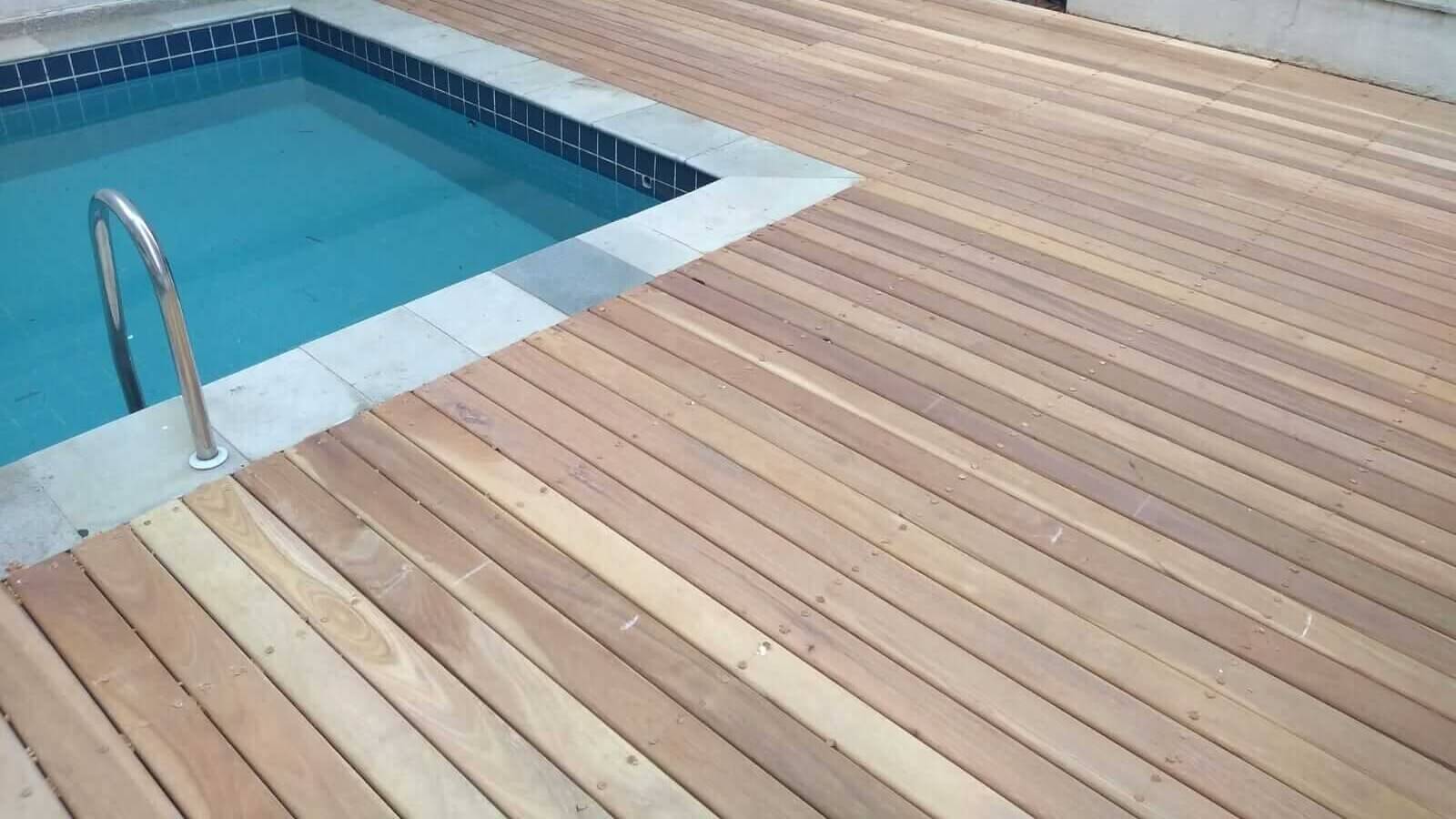Introduction
Building a deck in Cape Cod is a wonderful way to enjoy ocean views and sea breezes—but the coastal climate brings special challenges. Salt air, humidity, strong winds, and temperature swings can quickly wear down materials that aren’t chosen or treated properly. To make your deck last for decades, you’ll need to plan carefully, use durable materials, and follow best practices for moisture control and maintenance.
We at PLJ are the leaders in carpentry services in Cape Cod, MA,and specialists in decking services.

Click here and get a free quote for your decking project with PLJ Carpentry
1. Choose the Right Material
a. Framing
- Pressure-treated lumber rated for ground contact is essential.
- The framing must resist rot and insects, especially since salty, moist air accelerates decay.
- For even better performance, consider steel framing systems—they won’t rot, warp, or attract termites.
b. Decking
- Composite decking (like Trex, TimberTech, or Fiberon) is ideal for coastal climates. It resists fading, moisture, and mildew.
- PVC decking is another excellent option—it’s fully synthetic and offers superior resistance to salt and moisture.
- If you prefer natural wood, go for Ipe, mahogany, or red cedar. These hardwoods are naturally resistant to decay but require yearly sealing.
c. Fasteners and Hardware
- Always use stainless steel screws, nails, and joist hangers—preferably 316-grade, which is marine-grade stainless steel.
- Avoid galvanized metal, as it corrodes quickly in salty air.
2. Plan for Drainage and Ventilation
- Ensure at least ¼ inch gaps between deck boards to allow water to drain and air to circulate.
- Install flashing between the ledger board and the house to prevent moisture damage.
- Leave space under the deck for airflow, which keeps the framing dry and extends its life.
3. Use Proper Finishes and Sealants
- Even composite decks need UV protection and mold-resistant coatings on cut ends and framing.
- For wood decks, apply a marine-grade sealant every 1–2 years. Look for products labeled “salt-air resistant” or “for coastal use.”
- Seal fastener holes and exposed ends to prevent water intrusion.
4. Build to Withstand Wind and Weather
- Cape Cod can experience high winds and storms, so secure your deck with hurricane ties, metal connectors, and anchor bolts rated for coastal construction.
- Use deep footings (below frost line) and concrete piers to prevent shifting.
- Check that your design meets Massachusetts building codes for coastal areas.
5. Regular Maintenance
- Rinse your deck monthly with fresh water to remove salt buildup.
- Inspect annually for loose fasteners, rust, or signs of rot.
- Clean and reseal (if wood) every year, preferably before winter.
6. Design Considerations for Cape Cod
- Lighter colors reflect heat and reduce fading.
- Cable railings or marine-grade aluminum rails resist corrosion and preserve ocean views.
- Add wind screens or lattice panels for comfort and extra privacy.
- Use drip edges and under-deck drainage systems to keep lower areas dry
Conclusion
A weather-resistant deck in Cape Cod’s coastal climate requires thoughtful planning, durable materials, and consistent care. By investing in high-quality materials and construction techniques suited to salty air and storms, you can enjoy your outdoor space for many years—without constant repairs.

